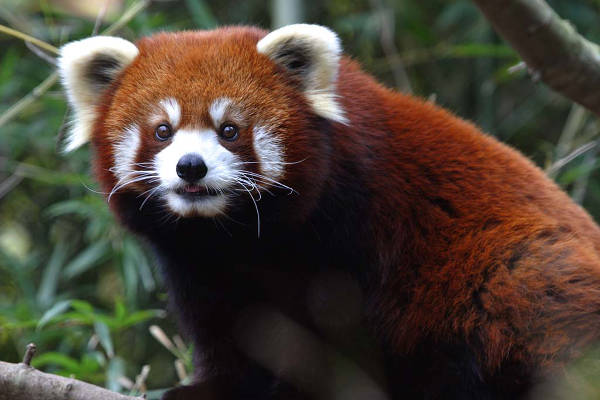The Helambu Trek is recommended for families and anyone else who prefers a short and pleasant Nepal trek to an overlong, strenuous hike. It requires no prior hiking experience, making it an ideal trail for all ages.
On this page, you will find a comprehensive and impartial guide to the Helambu Trek.
Helambu Trek - Route Overview
Elevations are lower, from 2,600 to 12,400 feet, so it is warmer, which contributes to the trek’s popularity. There are less crowds here than on the Annapurna and Everest region – it never gets crowded, even in high season. The place is tranquil. This trek is one of the most accessible from Kathmandu.
The local Sherpas have a culture distinct from the Sherpas of Solu Khumbu, the Everest region, most obviously in terms of dress and dialect. Despite being close to Kathmandu, the locals still maintain a very rustic and authentic lifestyle. The Helambu trek is more of a cultural trek than a glacier expedition or mountain trek. Make sure to try one of Helambu’s famous sweet apples!
As with other treks in Nepal, you might see red pandas, Himalayan black bears, and many other wildlife.
The greatest attraction is the views of Langtang (23,734 feet), Ganesh (24,429 feet) and many other summits of more than 20,000 feet. Considering that you do not go so very high, the views are incredibly impressive.
Please Note: The Helambu trek can take anywhere from 7 to 12 days, making it ideal for anyone who desires a genuine Himalayan experience but is pushed for time.
Helambu Regional Map
The Helambu trek starts 45 miles northeast of Kathmandu, from north of Taramarang to the tree limit of the Gosainkunda Lake and lower slopes of Jugal Himal. There are towering mountains to either side – the locals call them hills – but none are giants. Despite its proximity to Kathmandu, the area is relatively unspoiled.
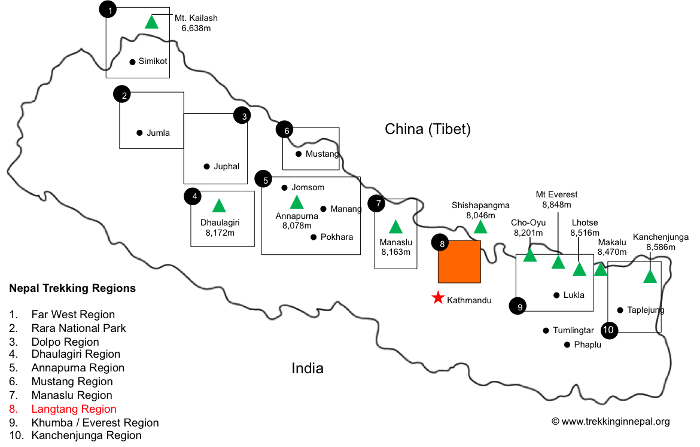
Recommended Helambu Map
There is a good map for this trek called Langtang : 1 : 125 000 Trekking Map: Gosainkunda & Helambu. It includes detailed trails, walking distances and altitudes.
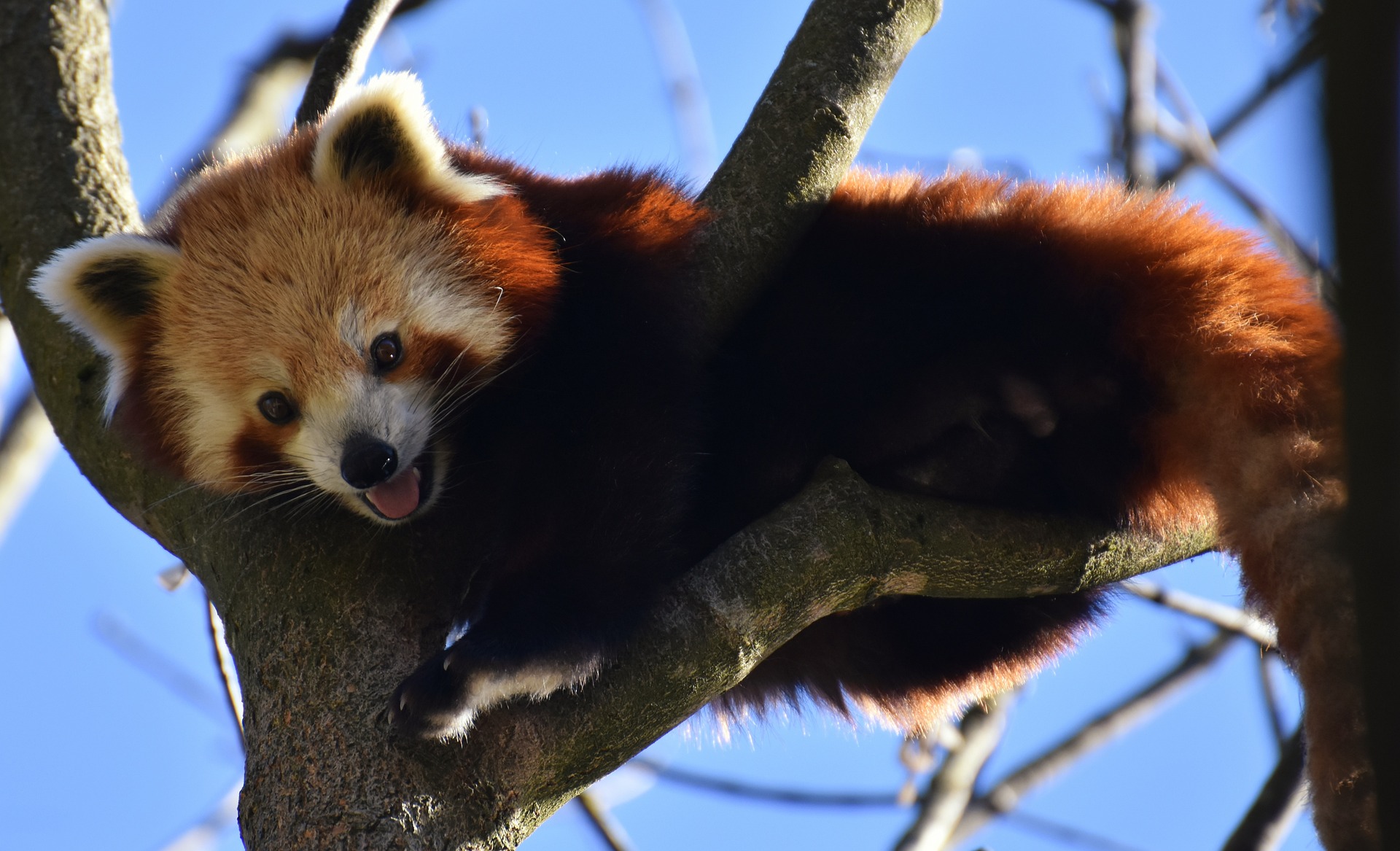
Helambu Trek Itinerary
Below is a detailed Helambu hiking itinerary. There are no flights, so no delays. Accommodation is at tea houses. There are several trek itineraries for this route, however, the 7-day itinerary below is the most popular.
Day 1-2
Arrive in Kathmandu, where there is no shortage of amusement given that it is a UNESCO World Heritage Site and the ex-favoured haunt of hippies. The nightlife is great.
You may like: best places to see in Nepal
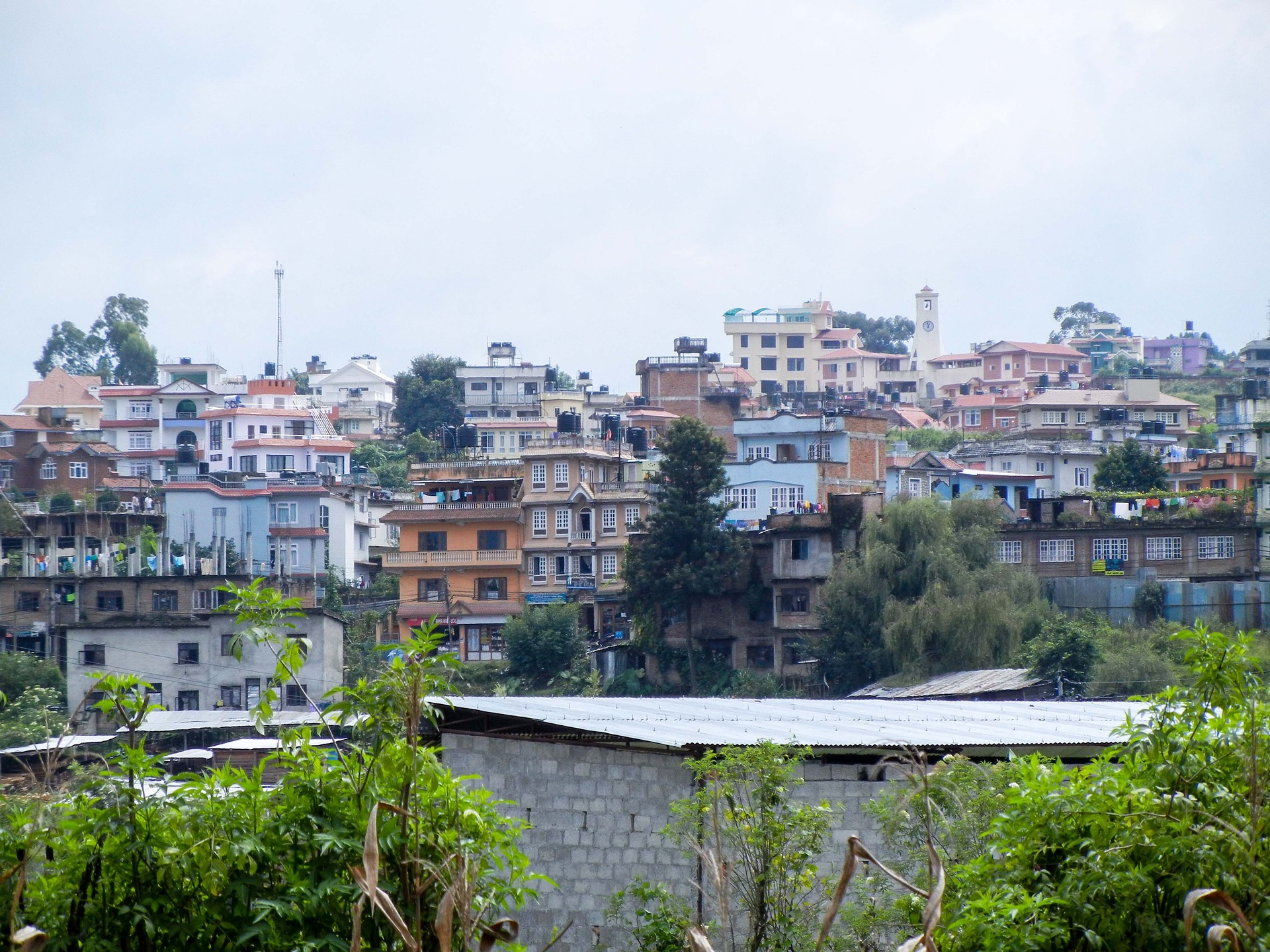
Day 3
Drive to Sundarijal, which takes around an hour. Helambu is sufficiently close to Kathmandu that you could afford to make the journey by taxi. Buses can be over 20 years old and often have seats designed for smaller Nepalese people.
Once at Sundarijal, your trek begins. The trail traverses the Shivapuri Watershed and Wildlife Reserve. Nearby is a large reservoir that supplies water to virtually the entire Kathmandu valley. Your next stop is Mulkharka, a Tamang village where you may avail yourself of a tea shop. The next settlement you encounter is Kulkharka. The route goes down a ridge, entering forests of oak and rhododendron. Eventually, you come upon Chisapani, where there are illustrious views of the Annapurna, Tibetan and Langtang ranges, not to mention Everest, if the weather is good.
Day 4
You continue downhill from Chisapani on a well-trodden trail that crosses meadows and fields. Overlooked by mountains that are inspirational, the trail ascends to a pass before descending to Kutumsang where you stay for the night.
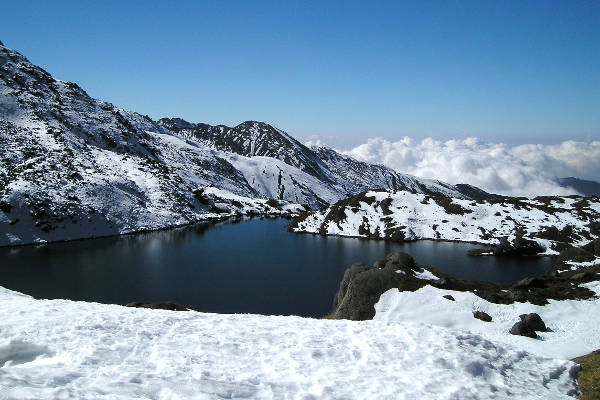
Day 5
You now trek north to Yurin Danda ridge, where there is a fine view of the peaks. The eroded trail looks down upon Kutumsang. The trees along the path will be mainly fir and rhododendron. There are no permanent settlements. Now the trail descends gently through sparse forest to Magen Goth, where tea houses are few. Your direction now reverses, and you ascend amidst an enchanting forest. The solitude is striking.
On the hilltop is a chorten, a structure containing Buddhist relics, where there are impressive views of Jugal Himal and Rowaling Himal. You arrive at Tharepati, 12,400 feet up, the highest you will go. Here there is a stunning view of snow-tipped mountains including Dorje Lakpa, Gaurishankar, Jugal, Langshisa and Numbur. Tea houses are plentiful, pleasant and uncrowded.
Day 6
Out of Tharepati, the trail descends rappidly through rhododendron and pine forest where there are magnificent views of the Helambu valley below and the mountains of Jugal Himal and Numbur. You then arrive at Melamchi Gaon, which is surrounded by beautiful forests. This village is mostly filled with Sherpas.
From Melamchi Gaon, you descend to a stream which you then cross. Now you trek upwards to Tarkeghyang, the largest village you will come across, with smaller Sherpa settlements on the way. The stone houses here are impressive. There is also one of the oldest and largest monasteries in Nepal.
Day 7
Beginning with a steep walk down a ravine, you spend around four hours walking to Timbu, whereupon you board a vehicle to return to Kathmandu.
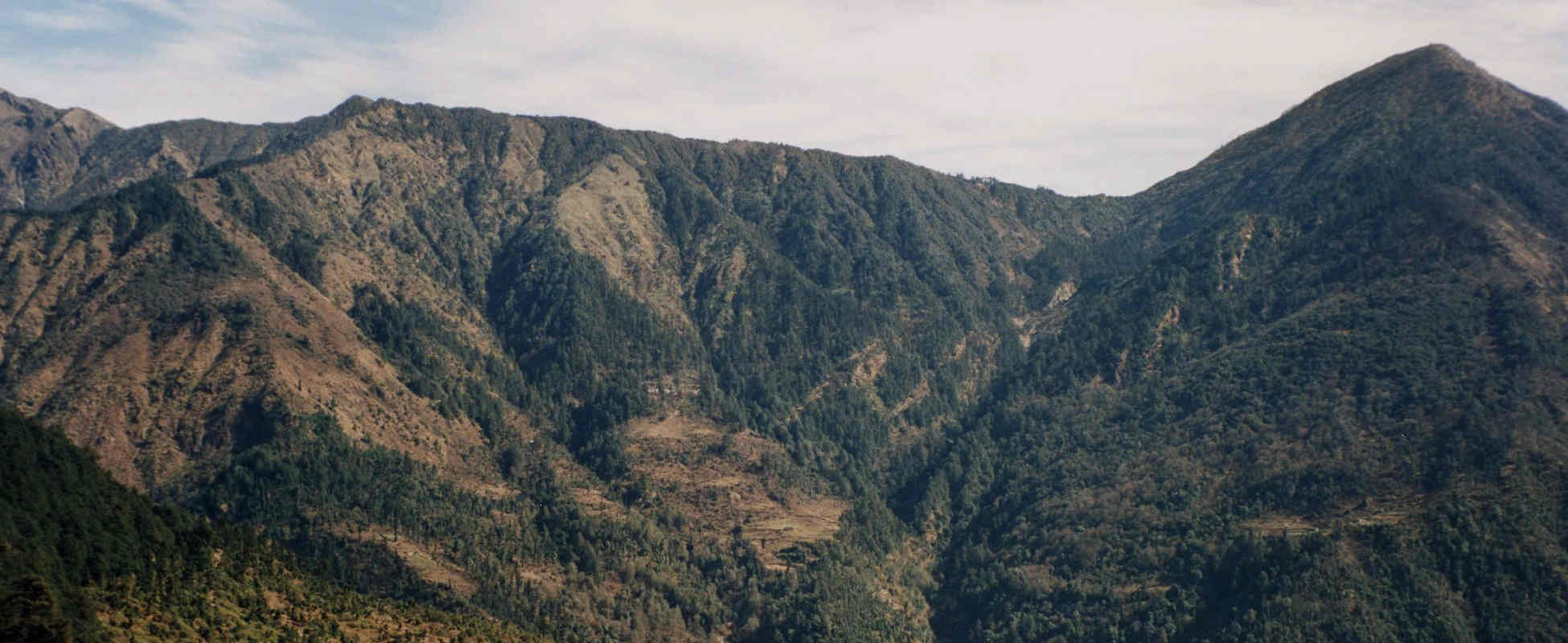
Helambu Trek FAQ
When is the best time to trek Helambu?
The best time to trek Helambu is the Autumn, from September to early November, and spring, from March to May. You can however hike the Helambu trail throughout the year. See the best months for trekking in Nepal.
You can see the rhododendrons bloom in April and May. With moderate temperatures in the Helambu region, Winter – January and February – is a possibility for hiking. In summer, from June to August, visibility may be poor and it may rain. Weather can be unpredictable.
How much does the Helambu Trek cost?
Prices for the Helambu Trek vary hugely. At the low end, the Helambu trek can cost around the $500 mark with a good Nepal trekking agency. With an international operator, you can expect to pay around $1,200.
What permits do I need for the Helambu Trek?
You need a Trekkers Information Management System card, which costs about $20 and an entrance permit for the Shivapuri park which is a further $35.
Is altitude sickness a risk on the Helambu Trek?
Yes, altitude risk is a risk on the Helambu Trek as it ascends to some high-altitude points. At its highest point, Tharepati, you will reach an altitude of 4,085 meters (13,400 feet). It is important to have a thorough understanding of the risks associated with high altitude trekking and how the body acclimatises to high altitude.
How difficult is the Helambu trek?
The Helambu Trek is not difficult. It is not a strenuous trek and can be completed with a basic level of fitness, making it ideal for beginners and families.
Are there any recommended guidebooks for the Helambu Trek?
In terms of a guidebook, we recommend A Trekking Guide to Langtang: Gosainkund, Helambu and Tamang Heritage Trail by Sian Pritchard-Jones, Bob Gibbons and the Himalayan Map House.
A second guidebook you might find useful is The Langtang and Helambu Trek in the Nepal Himalaya by Ian P Johnson.

Continue browsing
See more information on Nepal. Or check out these other Nepal hiking articles:

